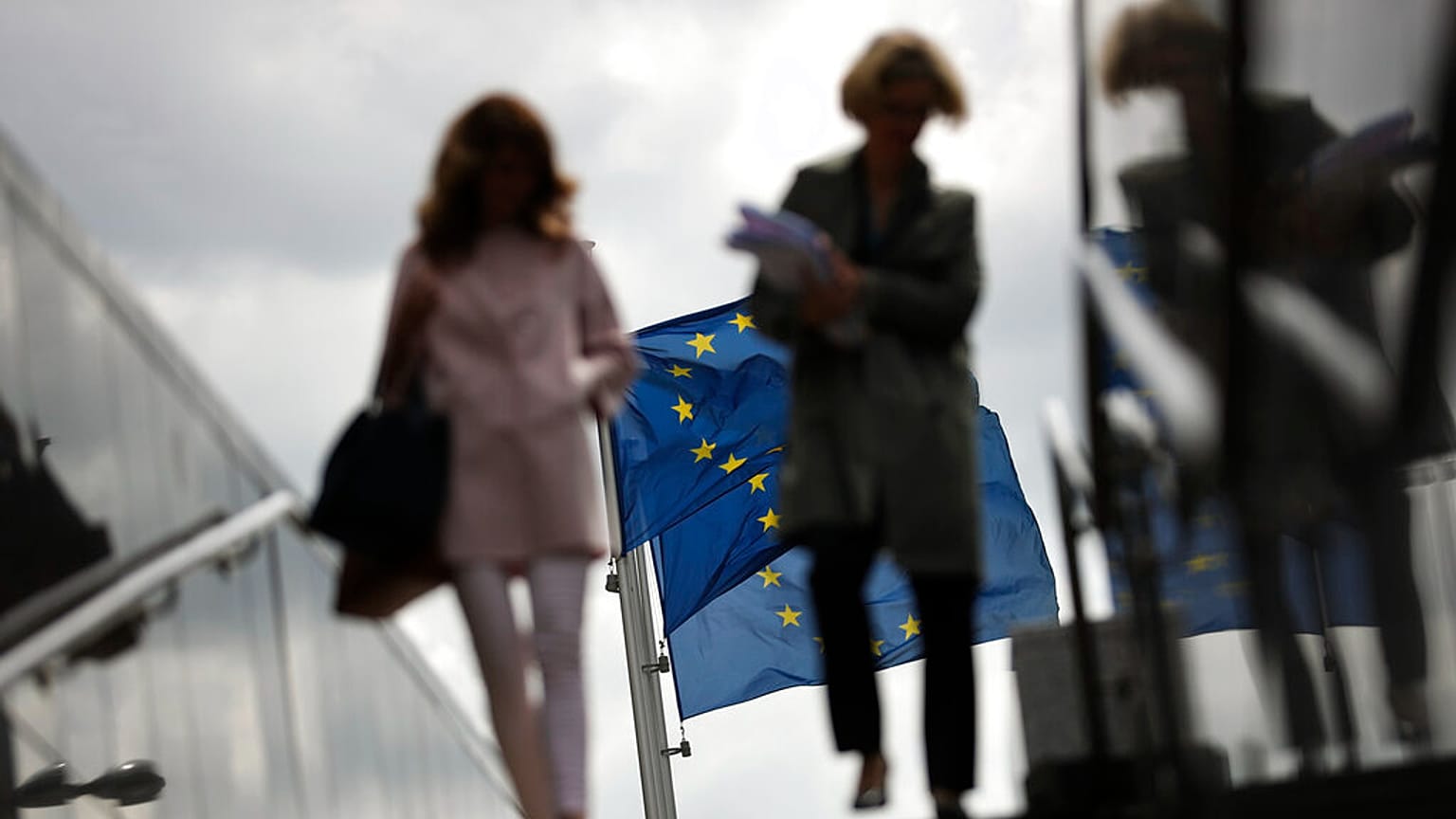New research has ranked countries around the world according to the status of women. Here's how Europe compares.
The 2023 Women, Peace and Security Index was launched on Tuesday, ranking countries around the world in terms of the status of women.
The Peace Research Institute Oslo (PRIO), which co-authored the index, found many of the best countries in the world to be a woman are in Europe, though there are significant variations across the region.
It noted that societies where women are doing well are also more peaceful, democratic, prosperous and better prepared to adapt to climate change.
Researchers warned, however, in their report that "multilayered crises undermine the status of women and threaten to roll back decades of progress," citing rising authoritarianism, mass displacement, devastating armed conflicts and the continuing consequences of COVID.
Along with Georgetown University's Insitute for Women, PRIO drew on data measuring inclusion, justice and security for women. They used 13 indicators in total that ranged from education and employment laws to perceptions of safety and violence.
While the pair ranked 177 countries across the globe, Euronews has focused on the results in Europe.
This year's Women, Peace Security Index - now in its fourth incarnation - contained 44 European countries, including those in the Balkans and Caucasus region.
Nine out of the top ten best countries to be women are European, despite glaring disparities from state to state.
Denmark leads the 2023 rankings, scoring more than three times higher than Afghanistan at the bottom of the scale. It is followed closely by Switzerland and Sweden.
Ukraine is at the bottom of the European pile.
Its poor performance was driven by "particularly low" security scores compared to other European countries, PRIO explained to Euronews in a statement, with Russia's invasion increasing threats and violence for women.
The second and third worst countries to be a woman in Europe are Kosovo and Azerbaijan, respectively.
Kosovo's low score was attributed to poor education and employment results for women, alongside "very high levels" of maternal mortality, said PRIO.
In Azerbaijan, the Norway-based organisation pointed out that the sons-bias (where more boys are born compared to girls) is substantially higher than in the rest of Europe.
When breaking the results down across Europe's various regions, other patterns are revealed.
Scandinavian countries are on top when it comes to being a woman, as with many other indicators on human and economic development.
The region racks up a 0.925 score out of 1.
The three Caucasus countries in the index - Georgia, Armenia and Azerbaijan - are at the bottom, with the Balkans and Eastern Europe second and third worst.
“With its scores, rankings, and robust data, the WPS Index offers a valuable tool for people working on issues of women, peace, and security,” said Elena Ortiz, the lead author of the WPS Index.
“Policymakers can use it to pinpoint where resources are needed. Academics can use it to study trends within indicators and across regions. Journalists can use it to give context and perspective to their stories. And activists can use it to hold governments accountable for their promises on advancing the status of women.”















